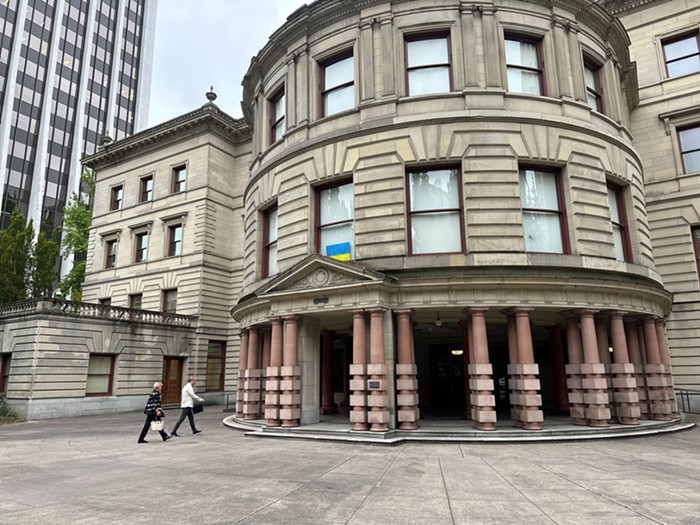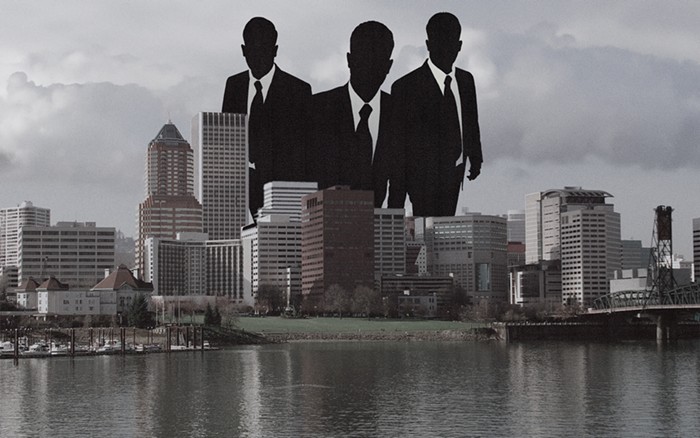
- Via the New Yorker.
I've already made my shameless man-crush on Guillermo del Toro abundantly clear, but Daniel Zalewski's New Yorker profile of the guy kicks it up another notch. Del Toro talks about his childhood, long-gestating projects like At the Mountains of Madness, his mansion-sized office/museum, Bleak House ("It was as if the 40-Year-Old Virgin had been handed a three-million-dollar decorating budget," Zalewski writes), and more:
“Some of the most immortal things in our glossary of images come from movies with not necessarily the greatest screenplays.” [Del Toro] refers to a script as a “libretto”; horror, he said, is special because it “excites a nonverbal part of us.” He mentioned Kubrick’s The Shining: “You’re reading, ‘Danny rides his tricycle through the corridors.’ You just don’t get it—how lonely they are, the rhythm of the prrr, the change of frequency in the wheels, the pattern in the carpet going frh, frh, frh, the lens enhancing the field and the perspective, and the moment he turns the corner the twins being there. You can’t explain that in words.” Del Toro often spends months planting “visual rhymes” in his movies; the tunnels that Ofelia travels through in Pan’s Labyrinth, for example, all have “feminine apertures.” What others call eye candy del Toro calls “eye protein.”
The piece is also moderately heartbreaking for anyone who had been looking forward to del Toro's adaptation of The Hobbit. Brace yourselves, nerds:
The most difficult part, [del Toro] said, was “making peace with the fact that somebody else is going to have control of your creatures, your wardrobe, and change it, or discard it, or use it. All options are equally painful.” He added, “The stuff I left behind is absolutely gorgeous. I’m absolutely in love with it.” He suddenly became animated, waving his hands in the air like a conductor navigating a treacherous passage of Mahler. “We created a big exhibit in the last few weeks, in preparation for a studio visit. I had color-coded the movie: there was a green passage, a blue passage, a crimson passage, a golden passage. In Tolkien, there is a clear season for autumn, winter, summer, spring in the journey. And I thought, I cannot just stay in four movements in two movies. It will become monotonous. So I thought of organizing the movie so you have the feeling of going into eight seasons. So a certain area of the movie was coded black and green, a certain area was crimson and gold, and when we laid out the movie in a big room, we had all the wardrobe, all the props, all the color-coded key art. When you looked and saw that beautiful rainbow, you could comprehend that there was a beautiful passage.” His scheme would probably be abandoned, he said later: “Not much is going to make it. That’s my feeling.” Would his art be returned to him? “I hope to get maquette visitation rights.” But he was grateful not to have them already at Bleak House; they would be a torment.
There's more: Descriptions of del Toro's designs for The Hobbit's Smaug; a visit to del Toro's favorite special effects house to work on a sculpture for a potential Frankenstein film; and the word "uxoriousness," just in case you forgot you were reading the New Yorker for a minute. Read the whole thing here. Thanks to Grant for the heads up!



















